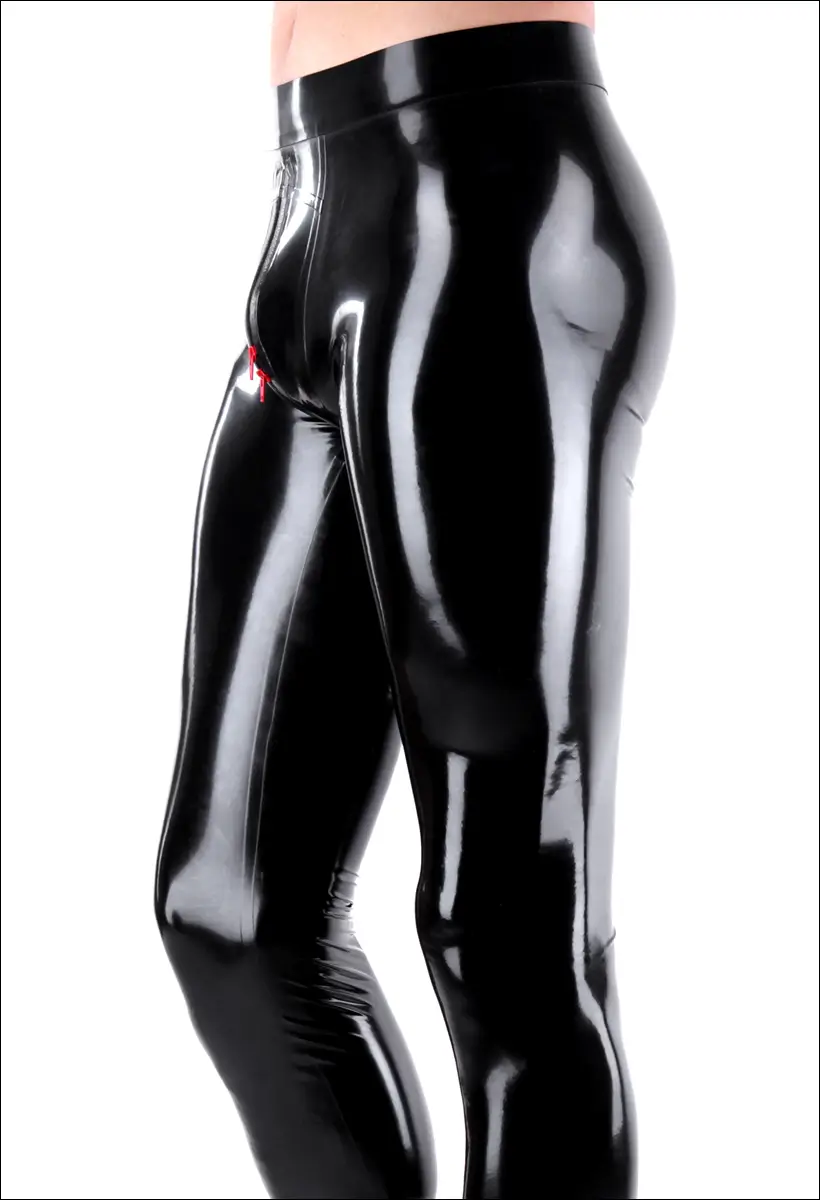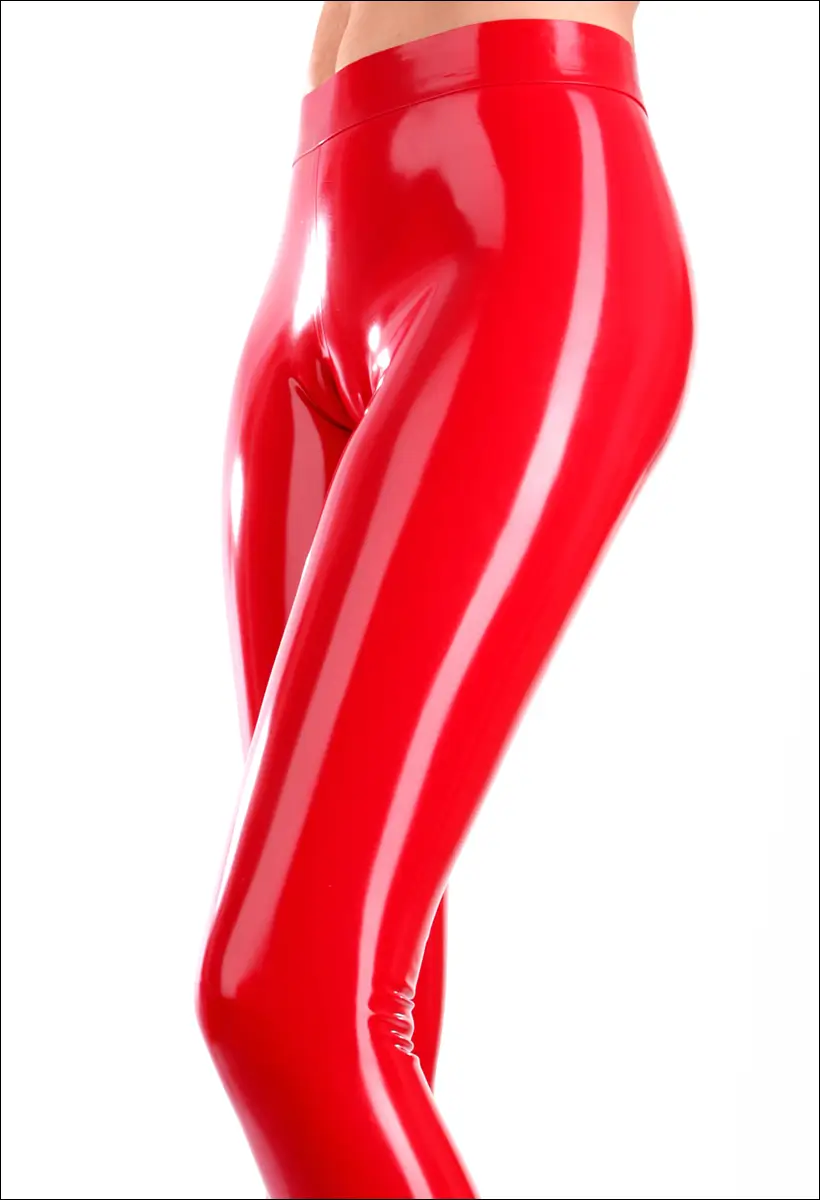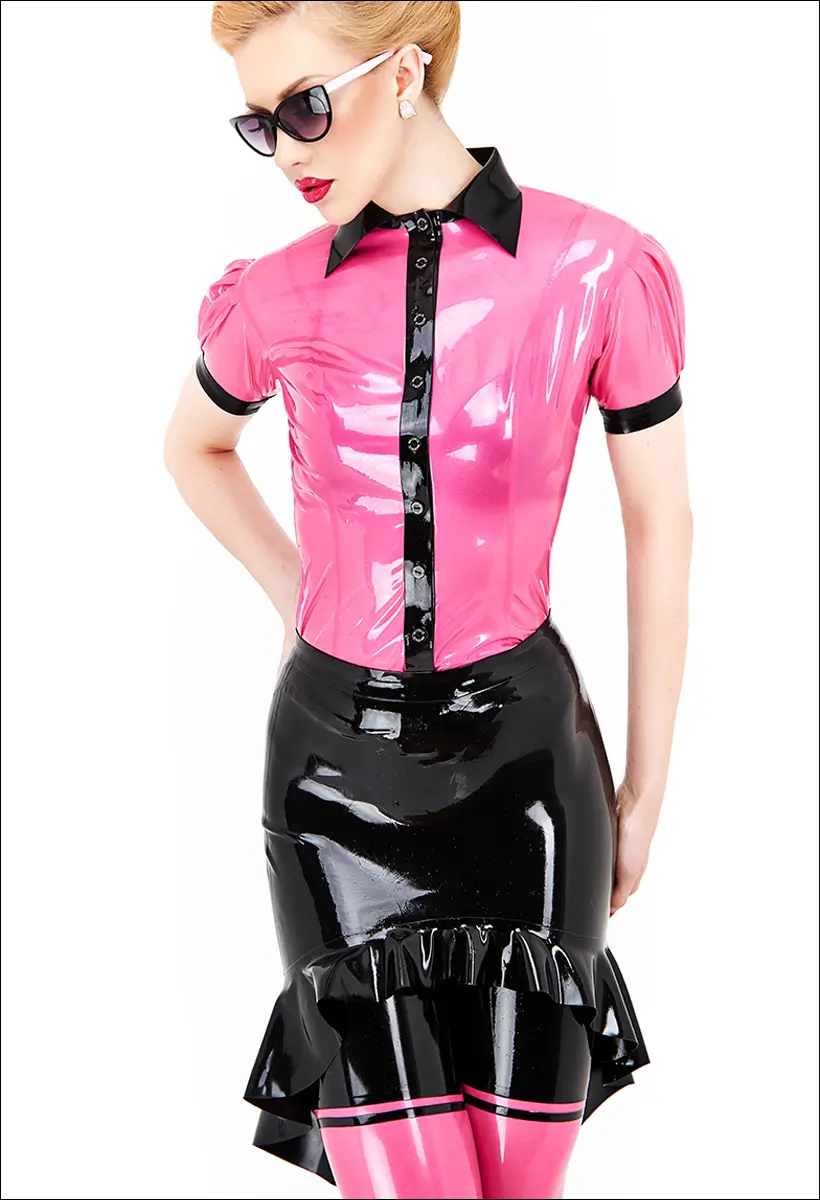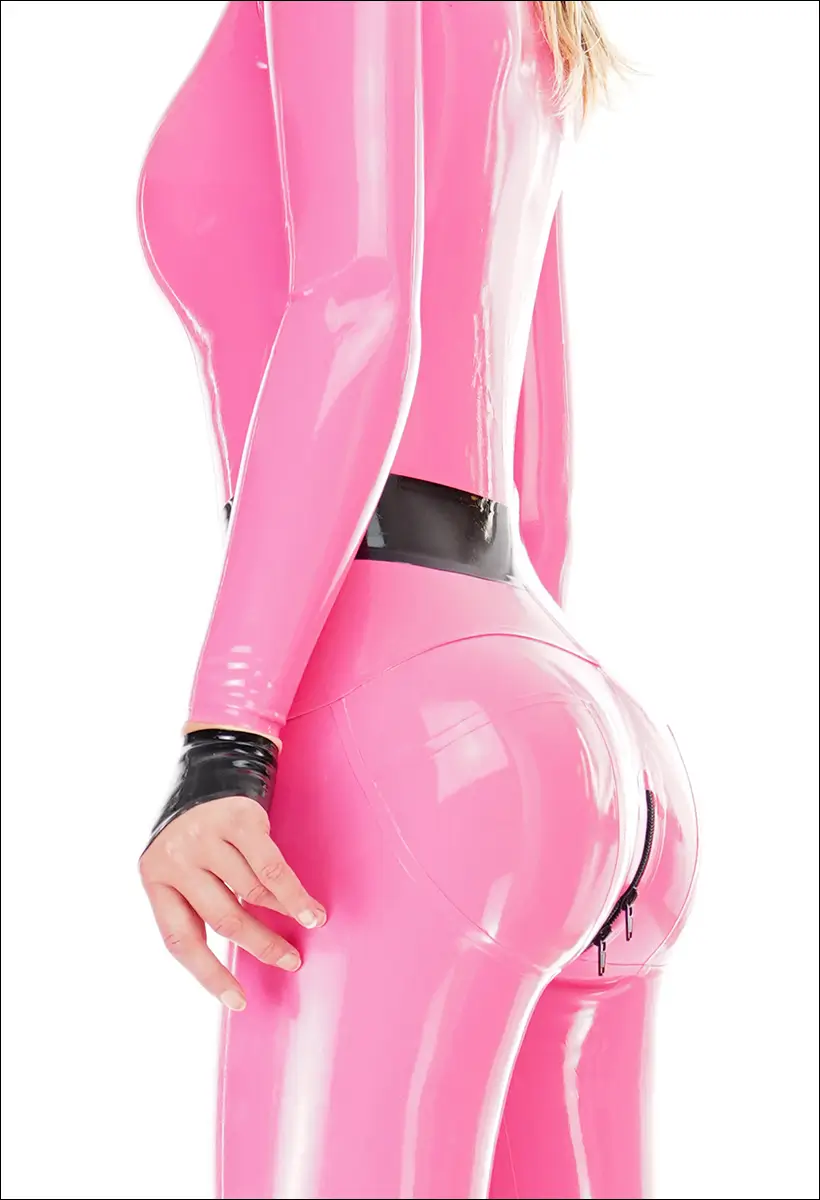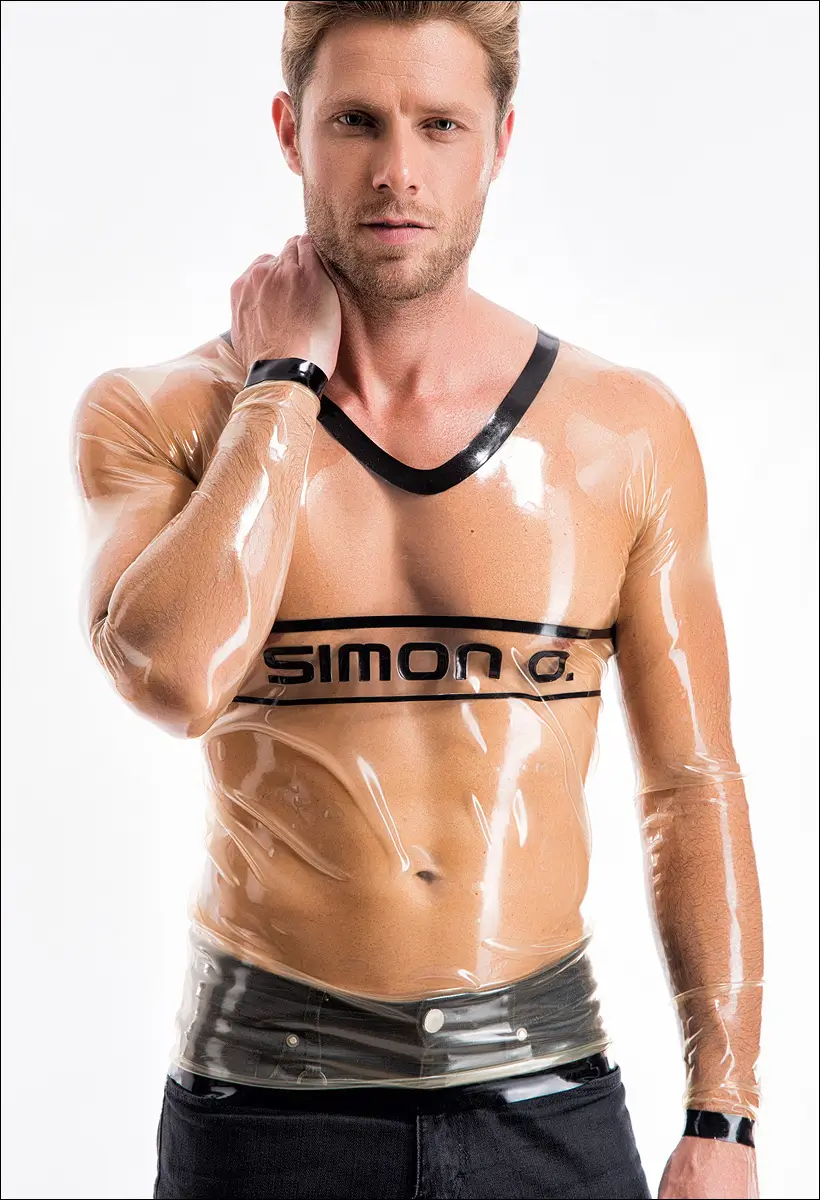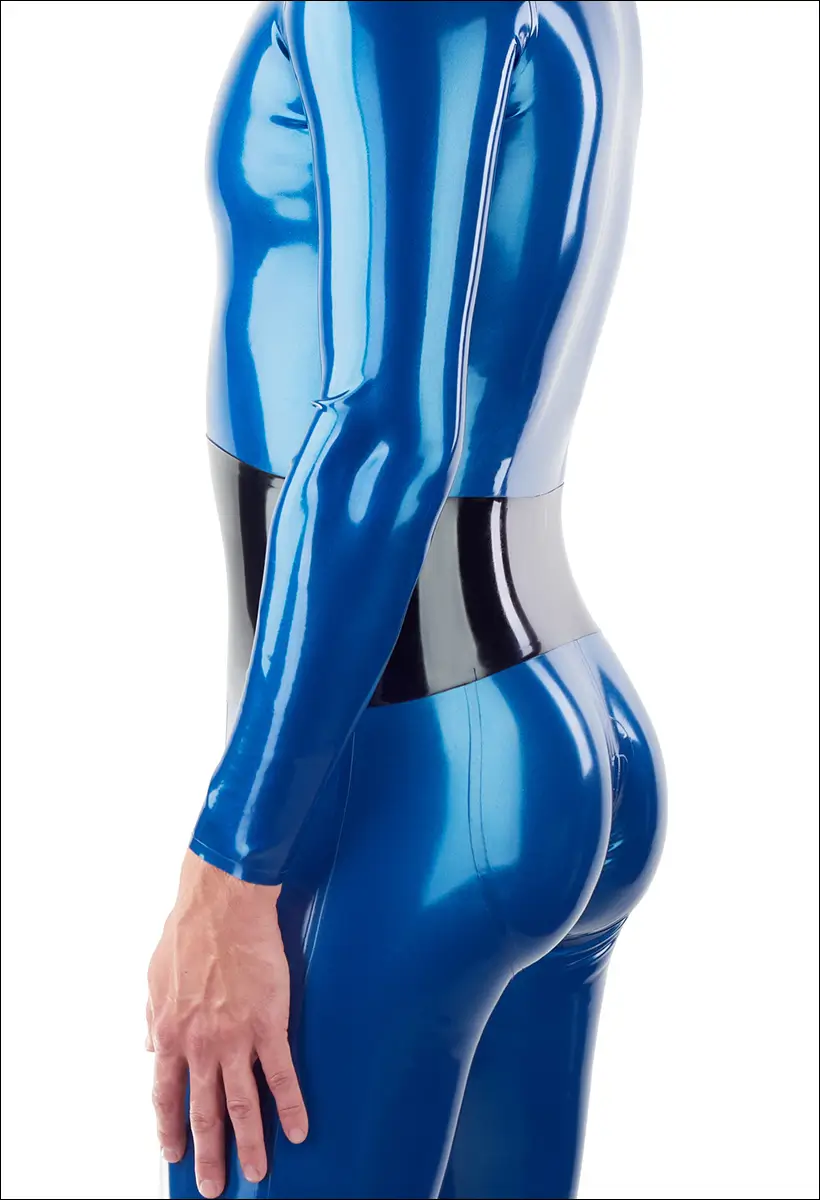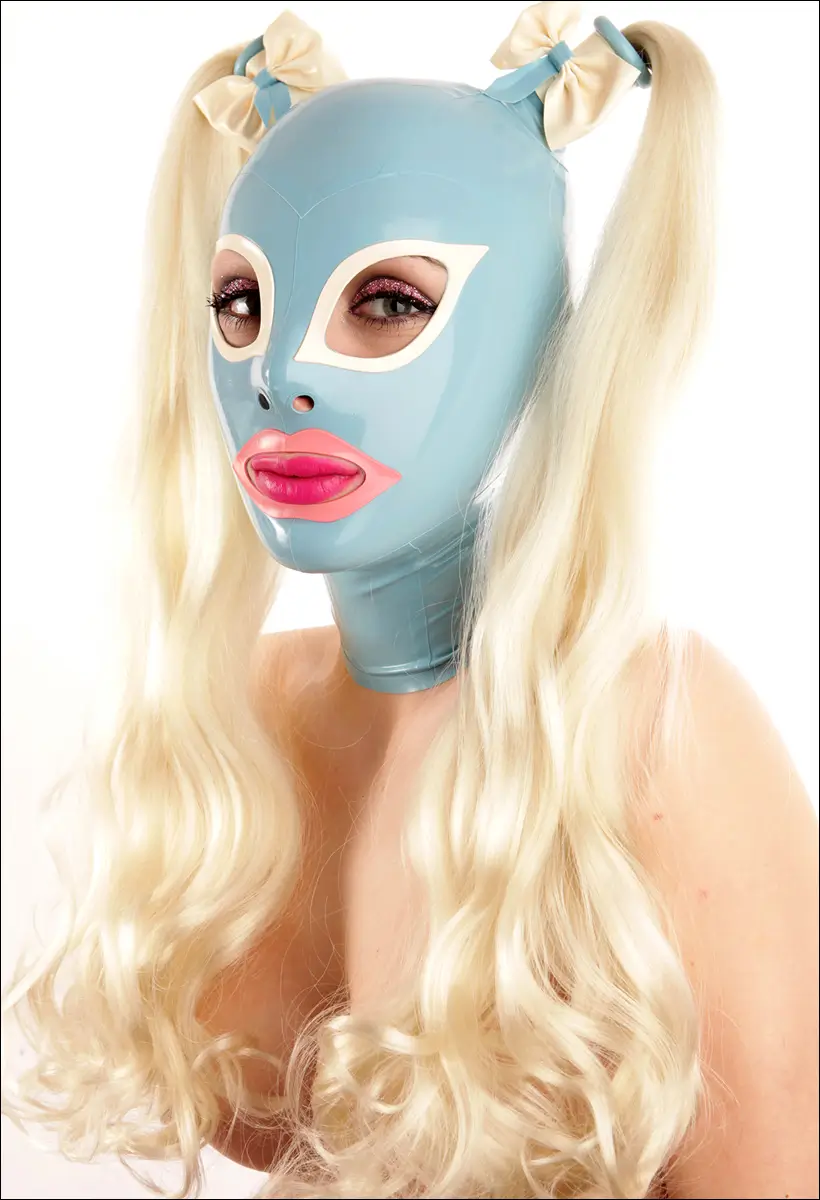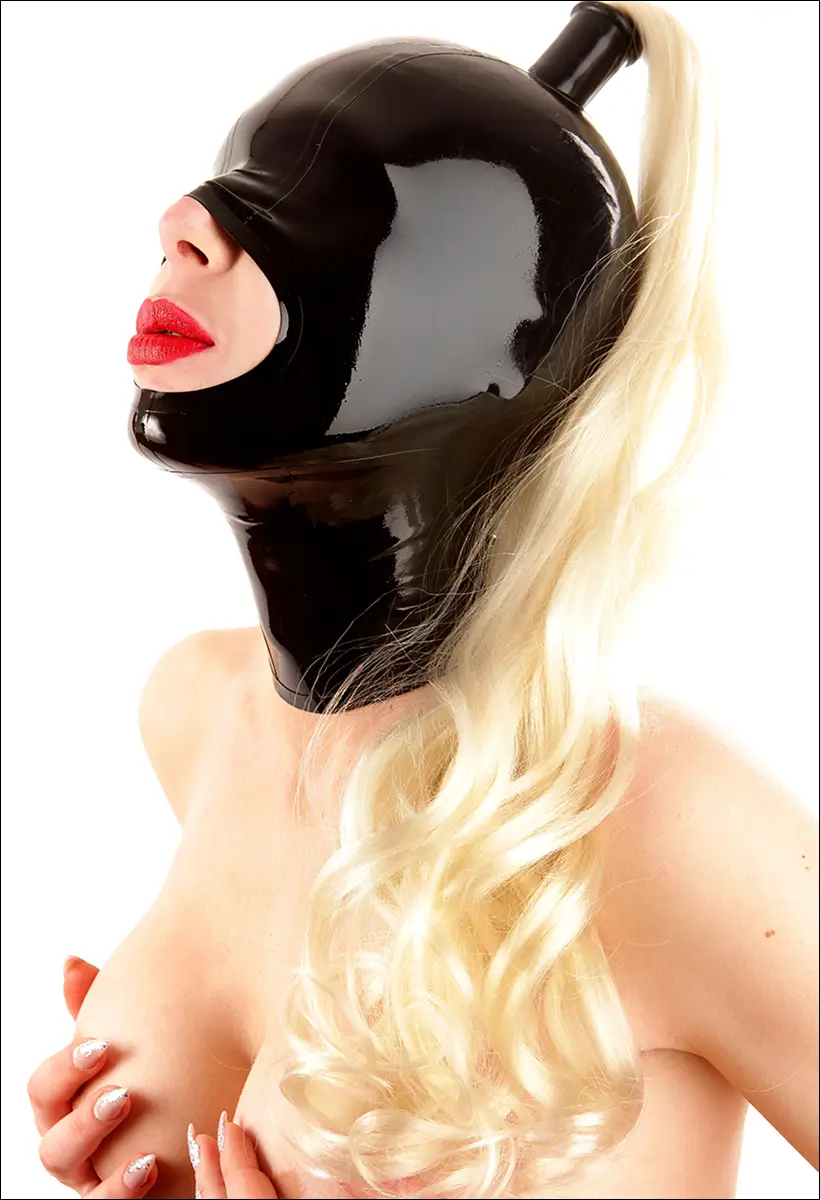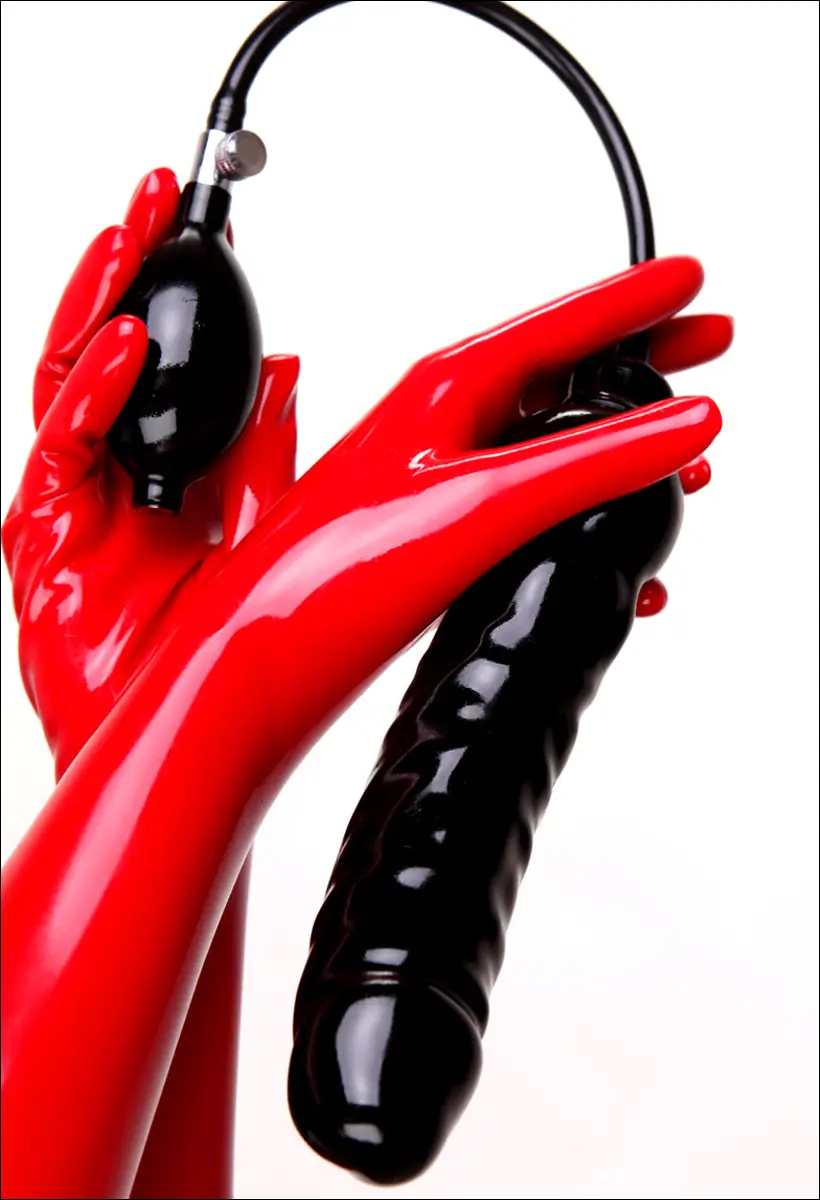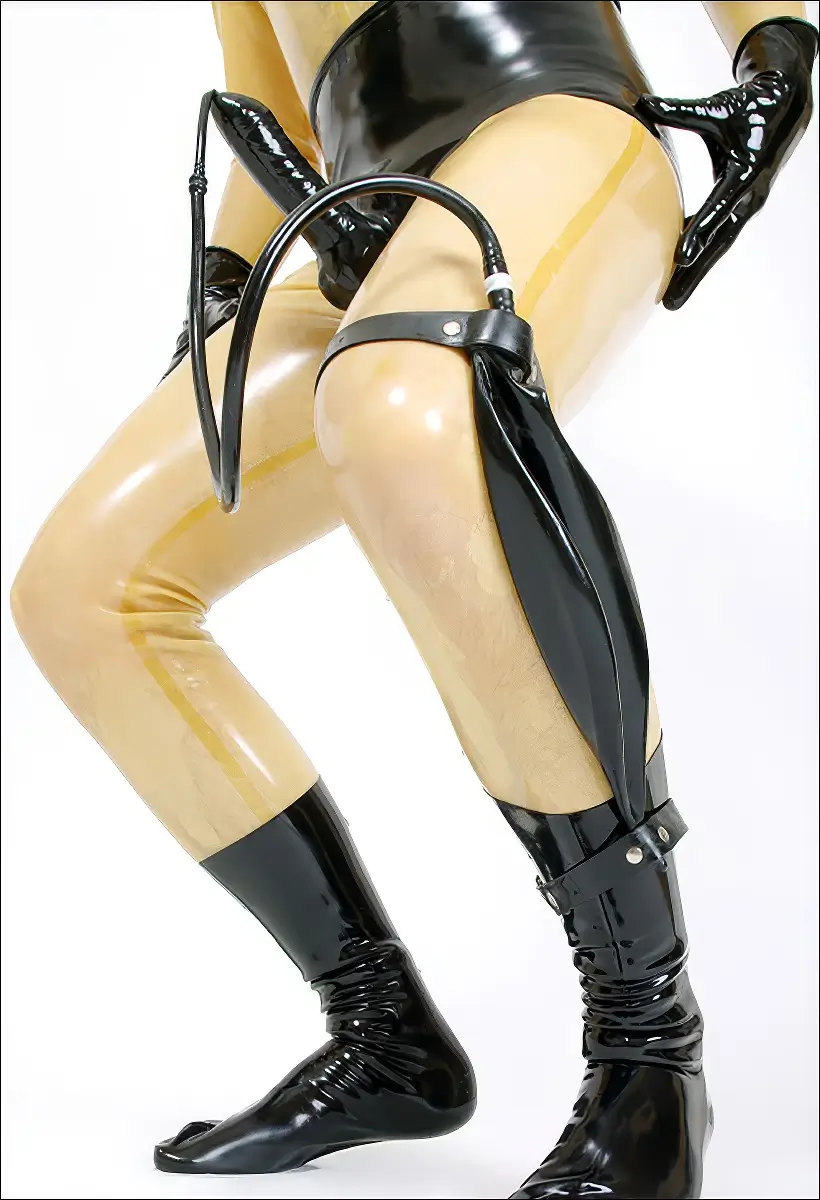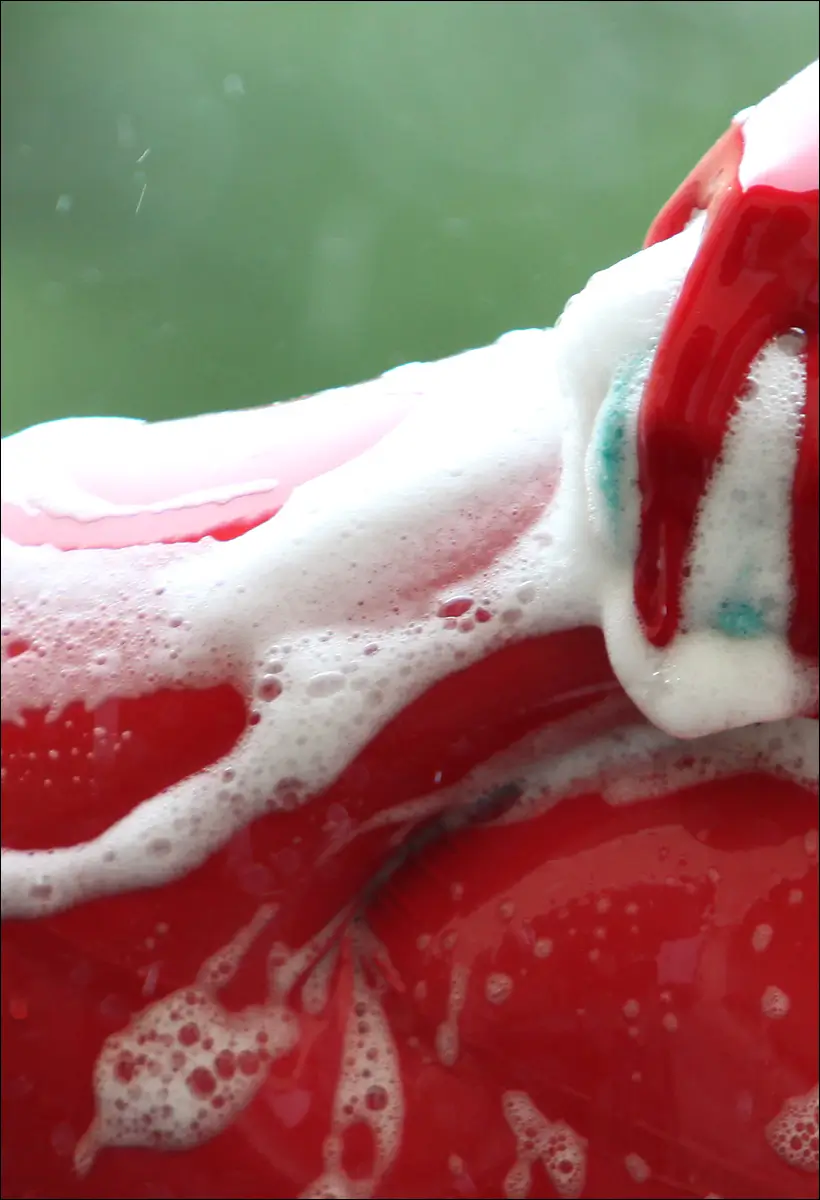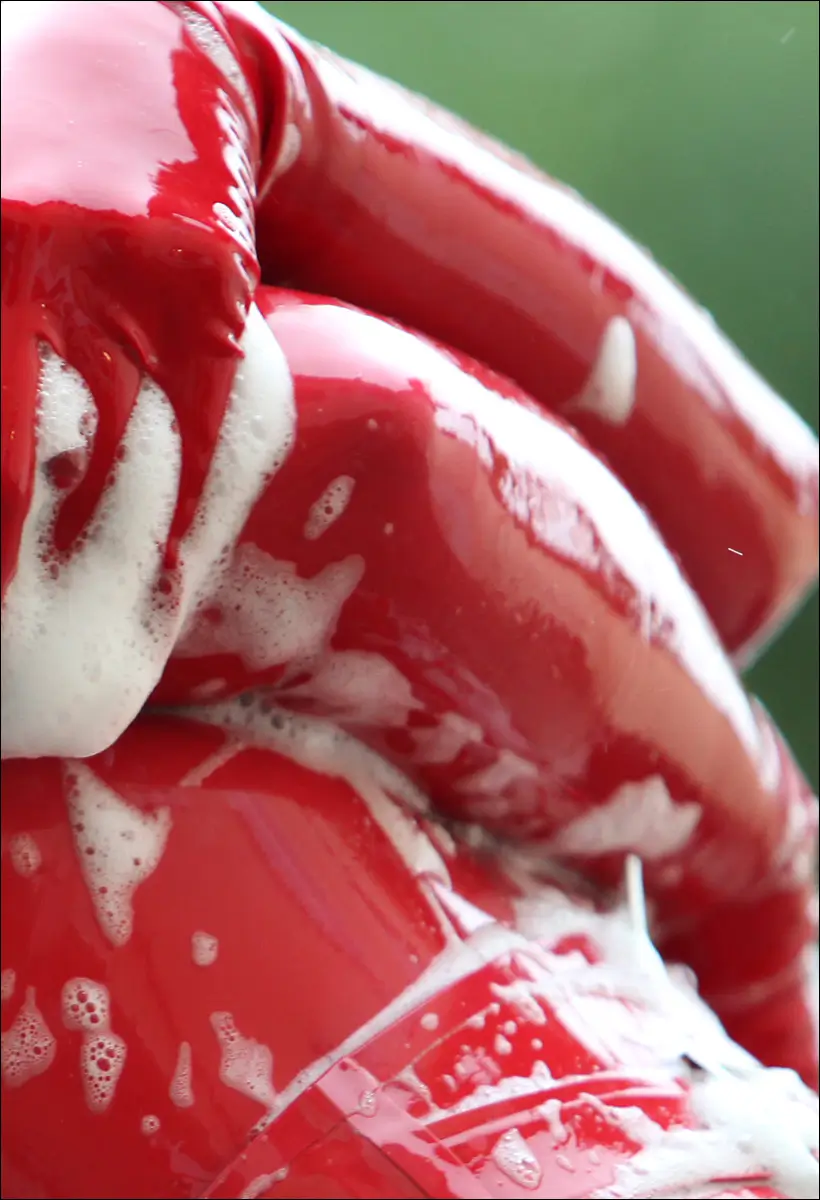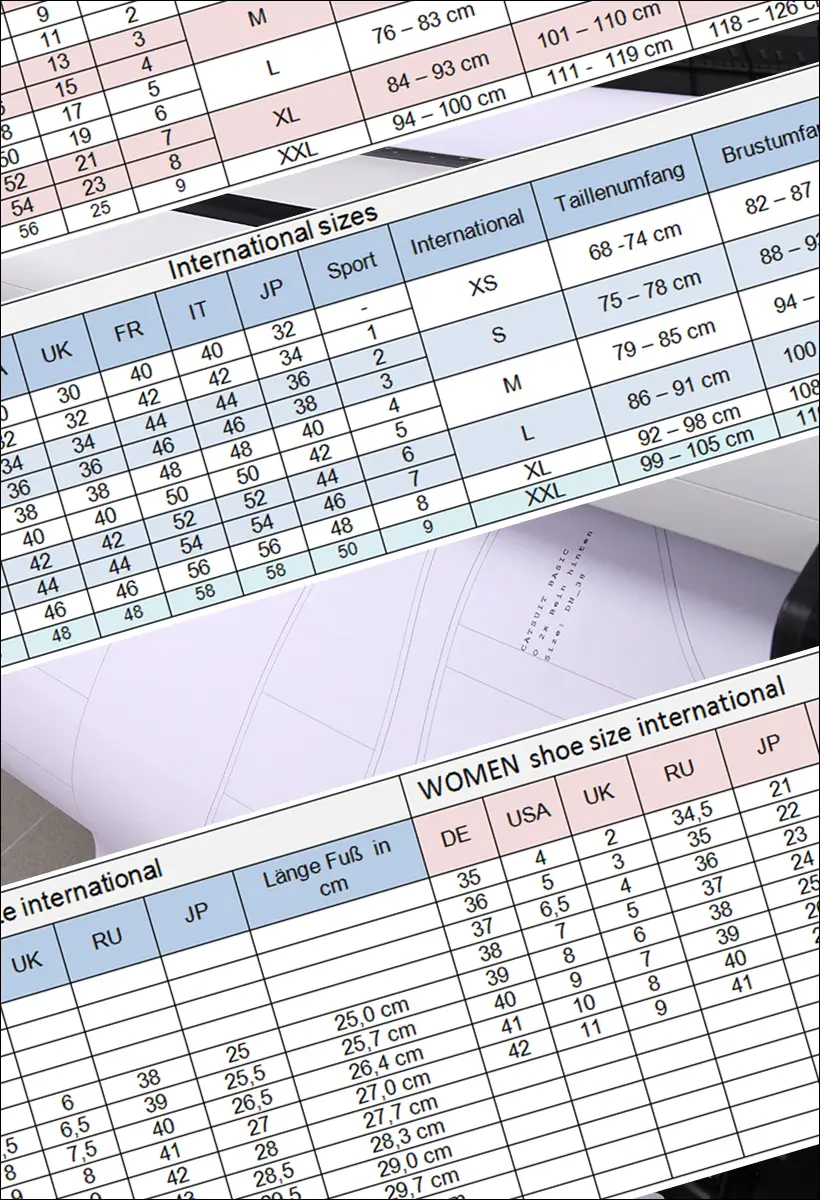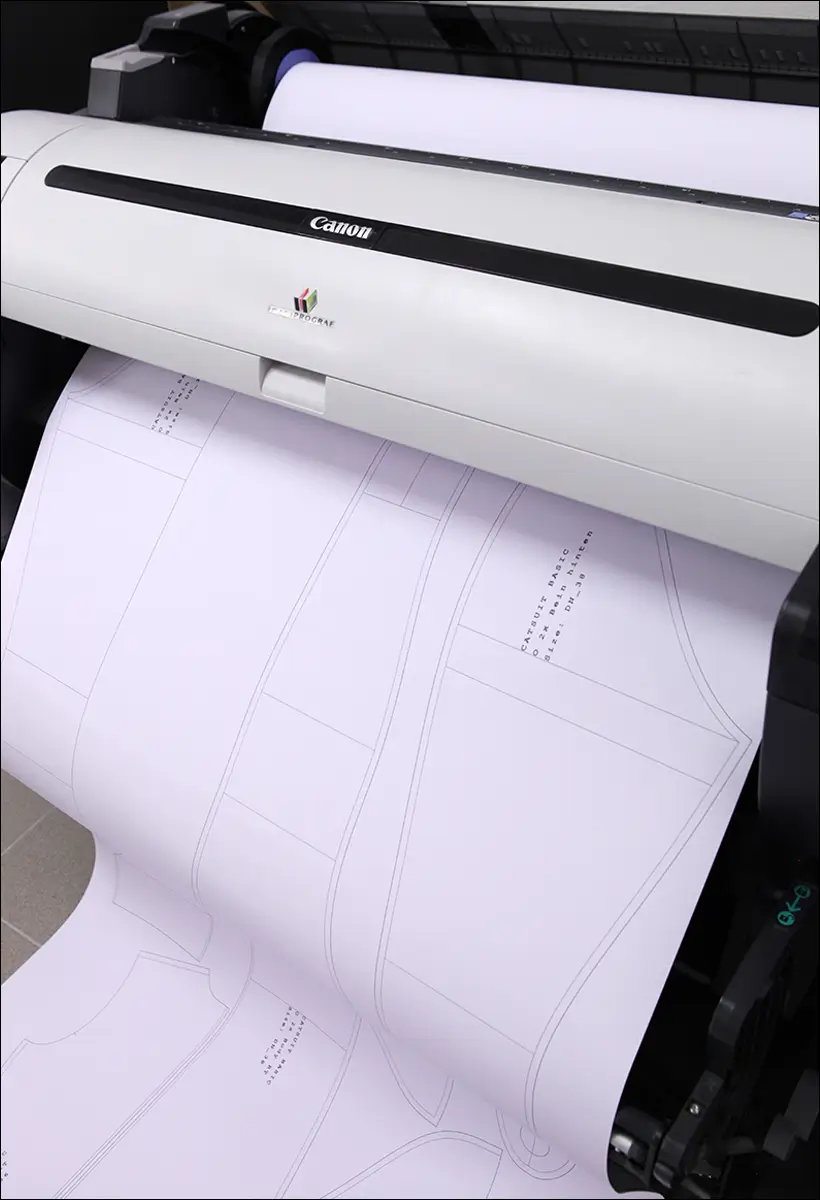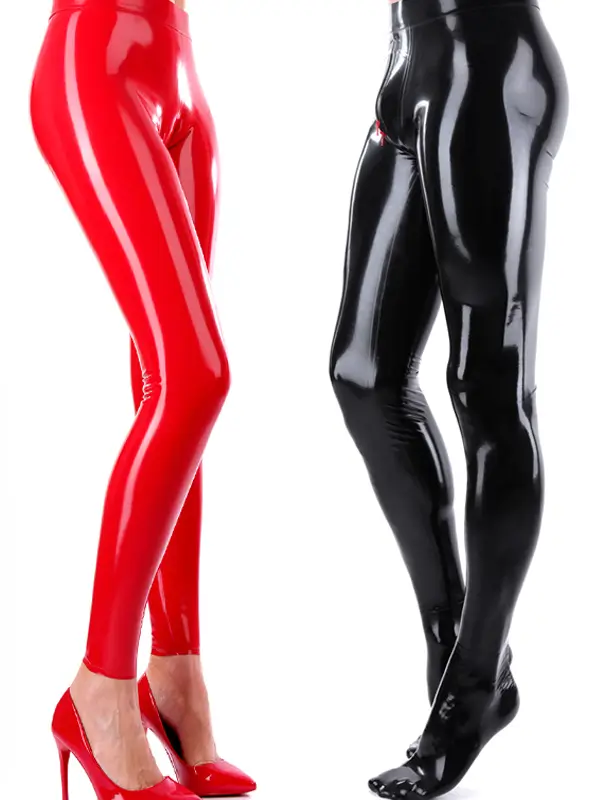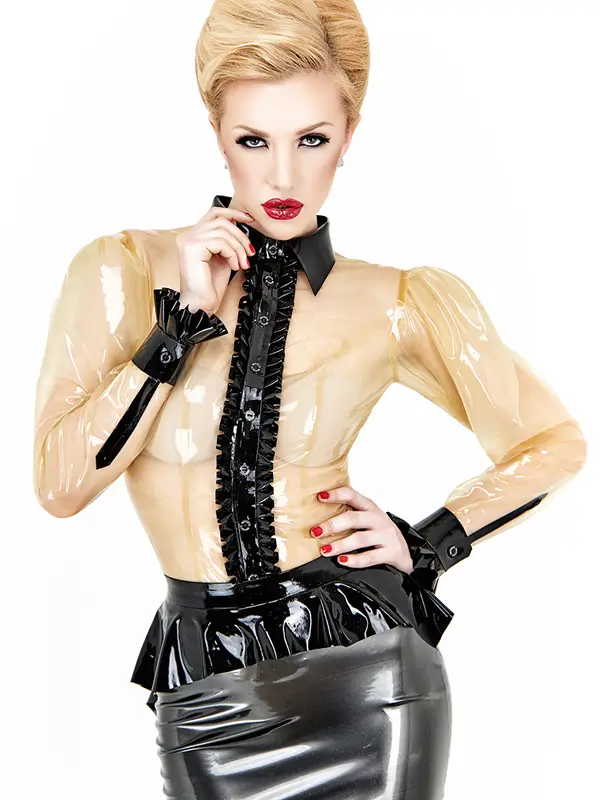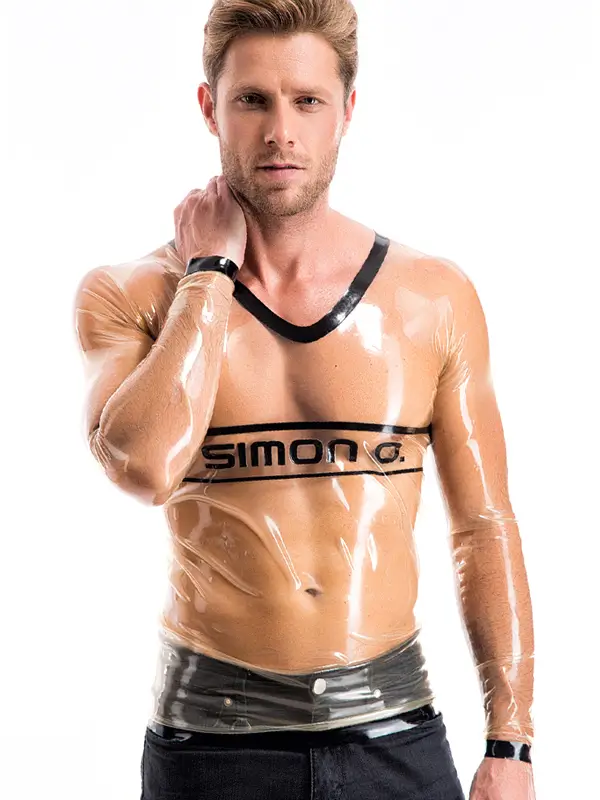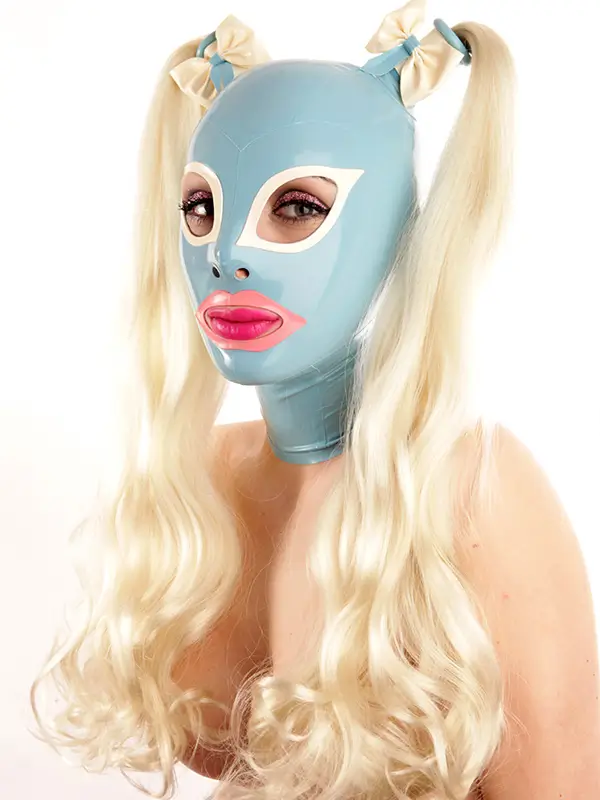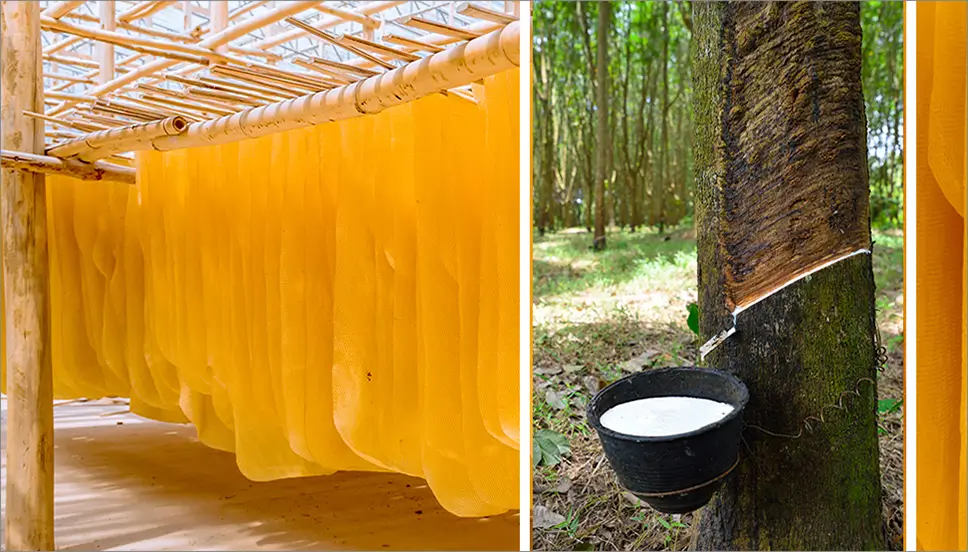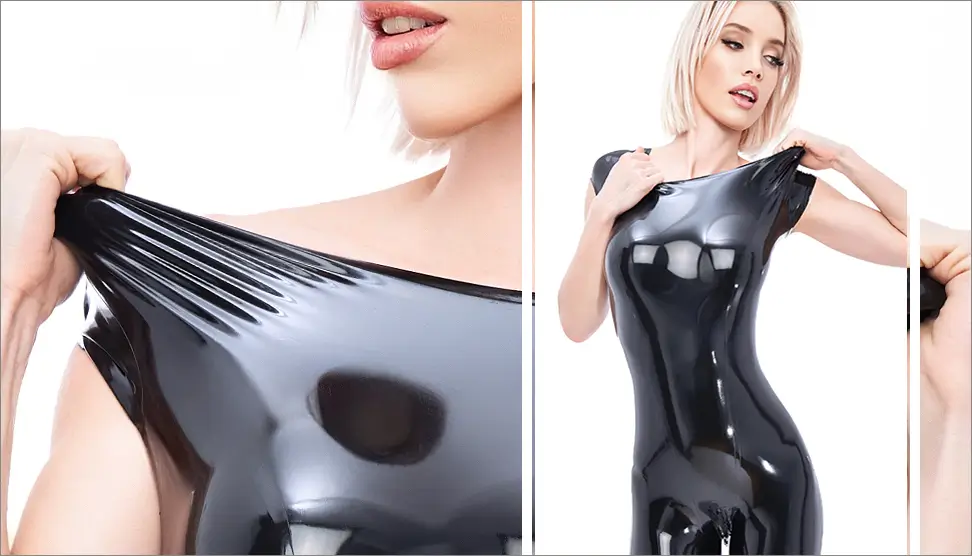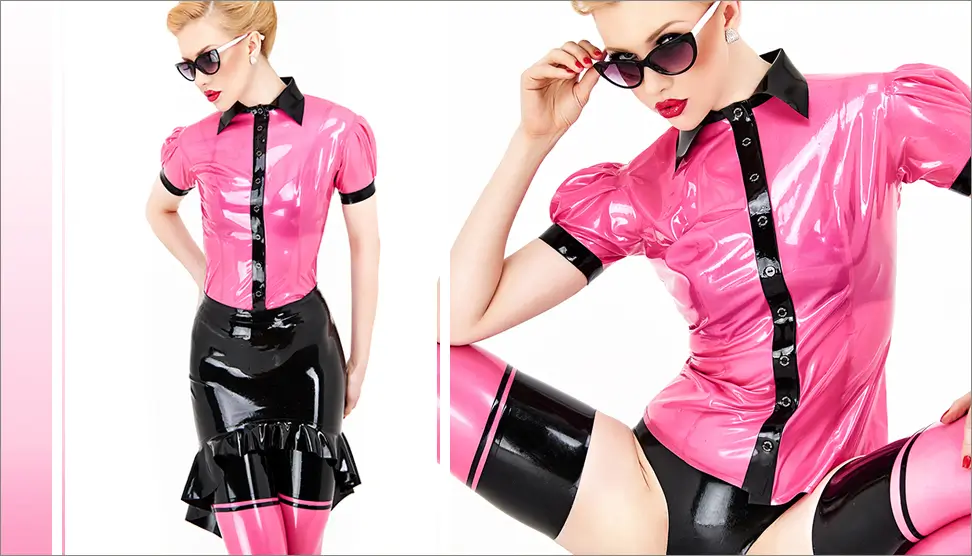Noch mehr Inspiration
Weitere Blogbeiträge
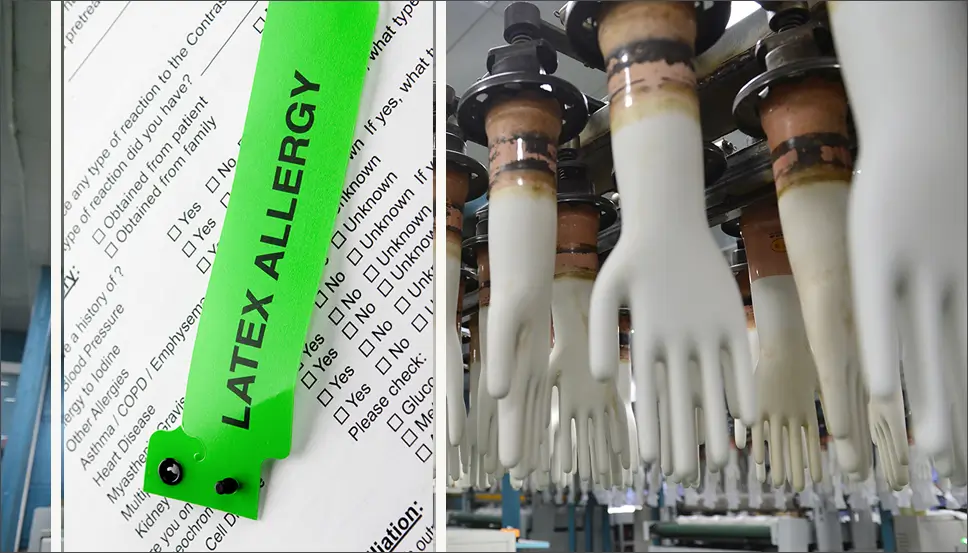
The causes of latex allergies and how to reduce them.
Latex allergy is a hypersensitivity reaction of the immune system to certain proteins found in natural rubber latex (NRL). Latex itself is not the trigger, but the natural proteins it contains, which come from the latex sap of the rubber tree (Hevea brasiliensis).
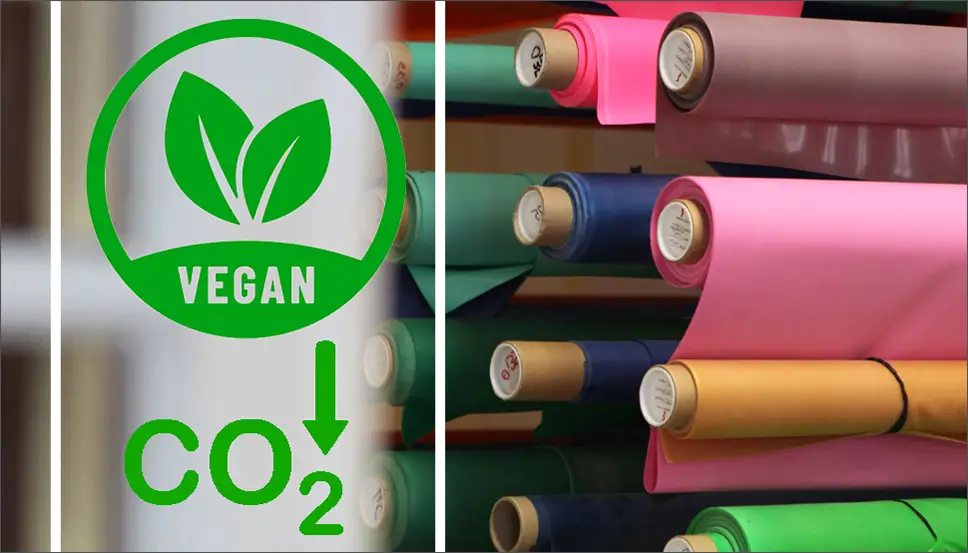
Is latex fashion vegan?
Latex is a purely natural product obtained from the sap of the rubber tree. The natural rubber is obtained by hand according to strict ecological standards. Our latex is guaranteed to be free from solvents, CFCs and harmful plasticisers. "Simon O. is committed to transparency and quality: the latex for the vegan collection comes from sustainable natural rubber with the 'Standard Malaysian Rubber' seal of approval and is imported directly from the British producer Radical Rubber."
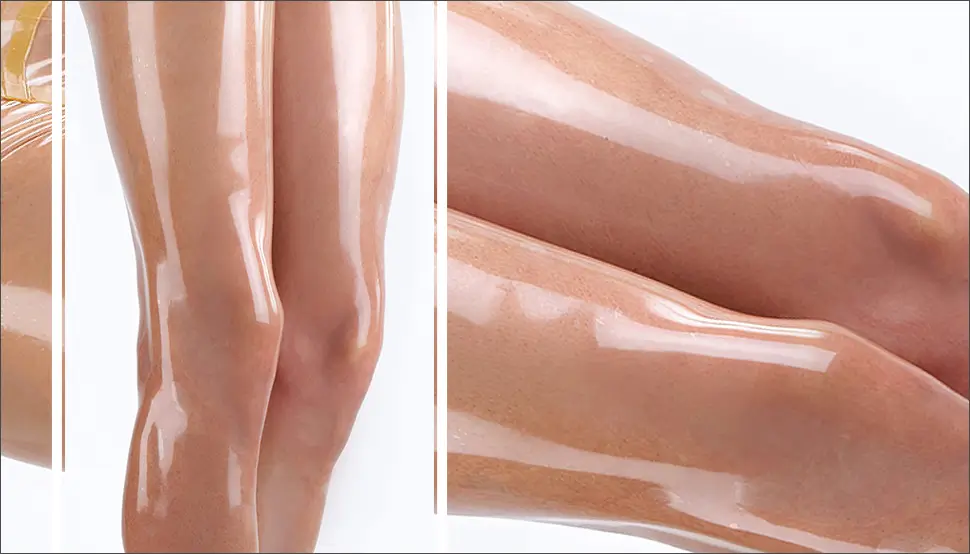
What is the wet look and why so many people are captivated by it
Wet-look clothing appears to be soaked in water but is completely dry, a fascinating effect created by shiny, tight-fitting materials such as vinyl, latex or spandex. Both women and men in the wet look stage this style as a play with light, body shapes and fantasy. Reflective surfaces perfect the impression of wet glamour.

